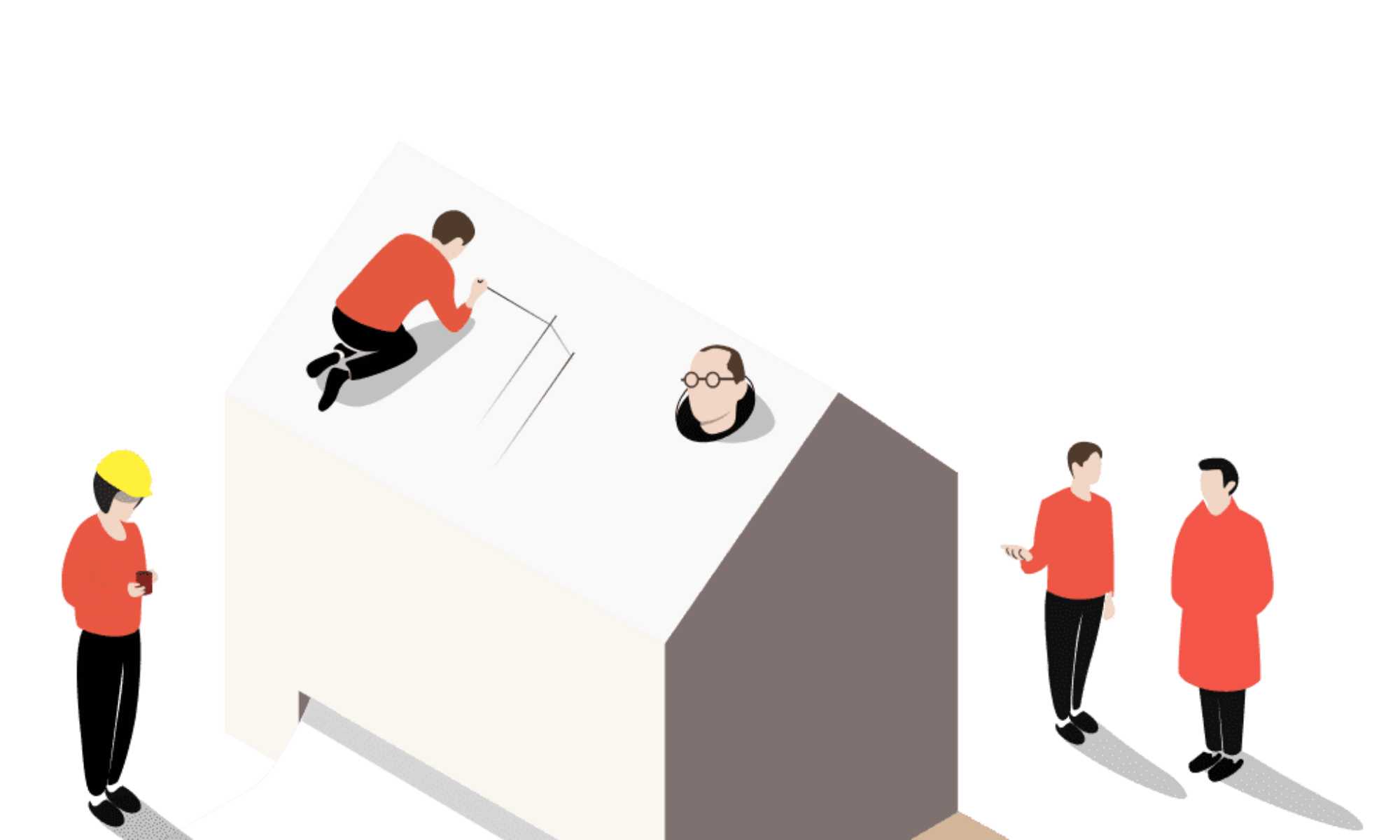Design Manifestos: Jean-Sébastien of Lemay
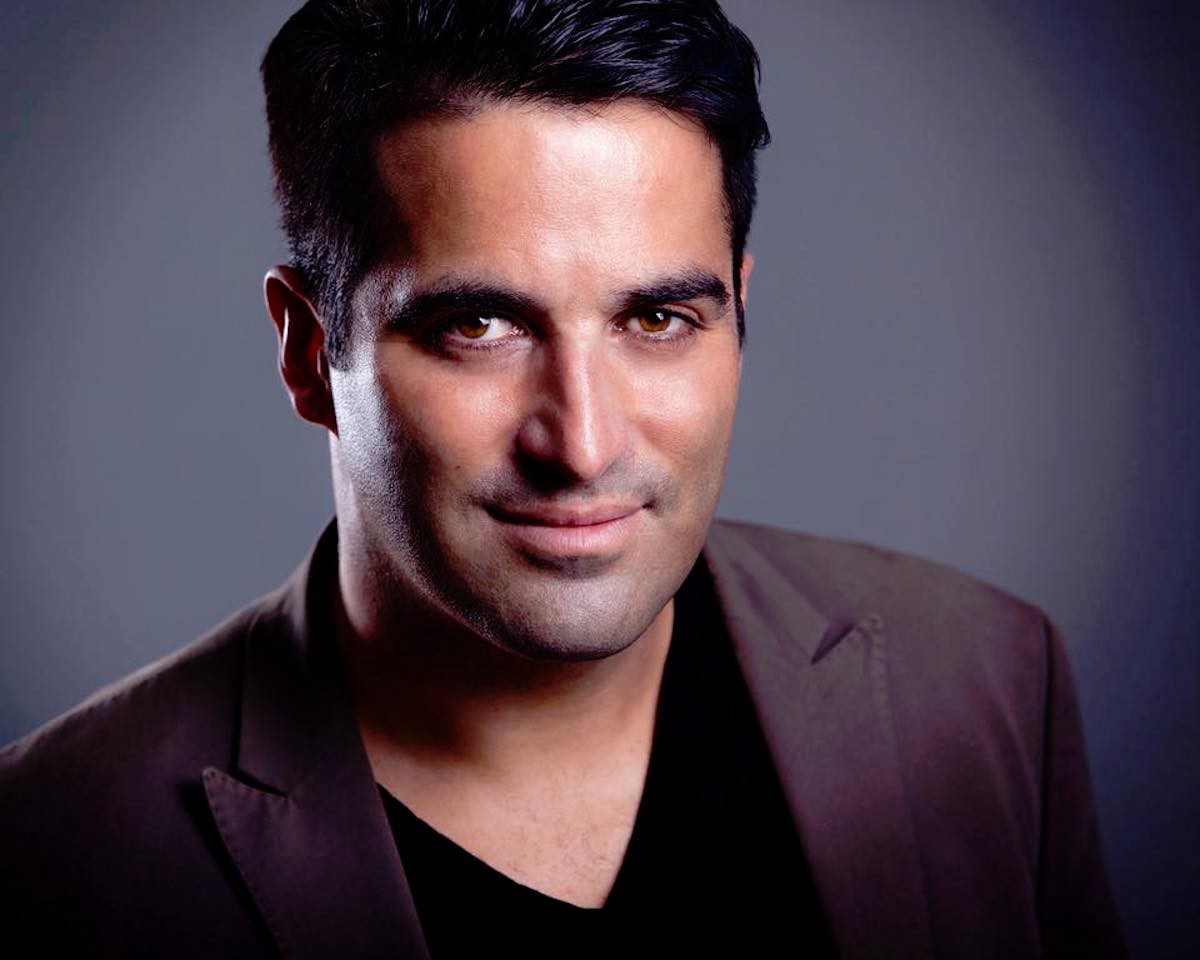
Jean-Sébastien Bourdages is a design architect and entrepreneur with 15 years of international experience spanning architectural design across diverse fields such as retail, hospitality, commercial, planning and sustainability combined with business development strategies in emerging markets. He joined B+H Architects in 2006 and became a Principal in the firm in 2010. After 7 years based in Shanghai, he relocated in 2013 to Hong Kong as Design Director of Asia. In May of 2015, he relocated to Montreal, Canada and joined Lemay | LemayLAB as Design Director to pursue further opportunities. Modelo chatted with Jean-Sèbastien and learned about his current role and about what inspires him today.

On becoming an architect
To be an architect was a childhood dream of mine. I loved to draw and was always turned on by creativity. My father took me on construction sites when I was a kid. My parents also had hired an architect to renovate our family house in Cite-Jardins in Montreal, Canada. At the time it was an urban prototype based on the Gardens City Principles. In the early 80’s the concept of open plan and great daylighting for a house was still novel.
On discovering his voice as a designer
I am inquisitively curious in nature and journalism would have been my second choice of career. At University I discovered the open plans of Mies van Der Rohe as well as the organic outreach to the landscape of Frank Lloyd Wright. I approach projects from the user experience and with the notion that architecture can be an expressive, fulfilling adventure that also can be a business success.
I spent the last ten years living in Shanghai and Hong Kong, China as Design Principal at B+H Architects covering many projects in Asia aswell as in Dubai. It was a fruitful time in history and location for architects to be part in the fast development of these emerging economies and the opportunity to work on many type of exciting projects ranging from an airport in Inner Mongolia, to a Smart City in India, an Healthcare facility in Singapore, the World of Retail in Shanghai and Hong Kong.
After so many years abroad, I decided to move back to Montreal and I joined Lemay, a leading firm in Quebec with an appealing international growth strategy
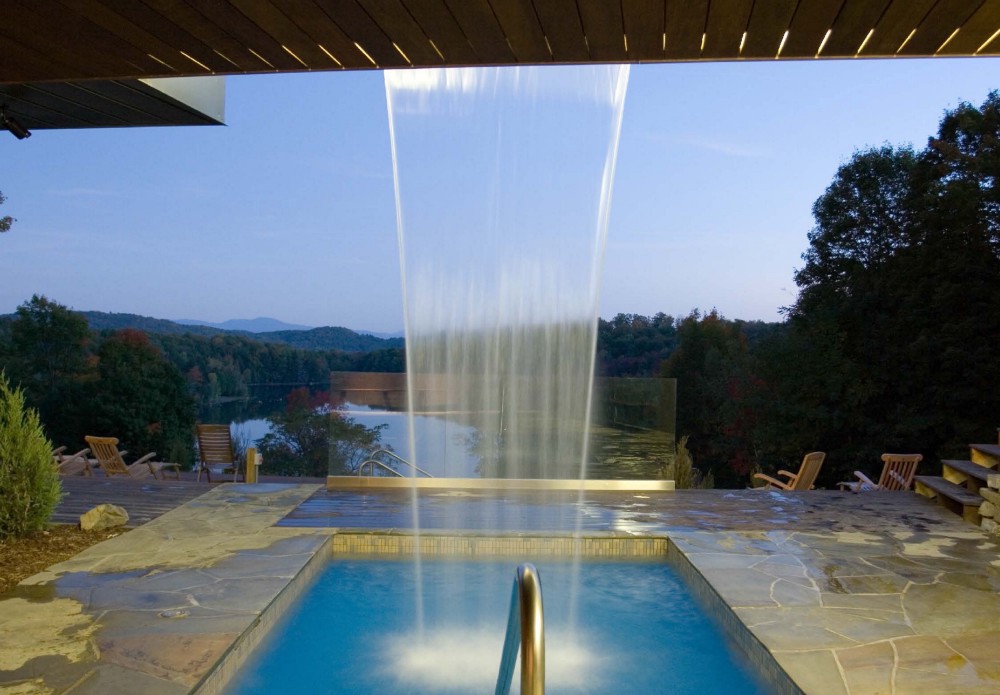
On specific principles of the firm
Lemay recently acquired a few other firms in Montreal and New York. Collective Intelligence is one of the mottos here at the firm. The wide array of expertise and discipline coming together is really dynamic and inspiring for us and our clients when working together on a project. Therefore, we cherish creating sustainable environments that bring value to the client and the community.
On his role at the firm
As Design Director, I try to understand very well our clients a bit like a doctor with a patient, also envisioning the end-user experience in a holistic manner. I then lead design teams, coordinate with other disciplines and mostly try to motivate everybody on how we can raise our game to inspire a better environment through design and architecture. While the design process often requires confidence in decision making that can be as harmonious as adaptable for years to come. The outcome is truly a team effort.
On their unique approach to design
More and more Lemay is going towards a design-thinking approach. From my end, getting involved in foreign business development can allow us to bring in a network-thinking approach. Our world and ourselves become so interconnected that it can become a positive aspect in moving projects forward. Design led projects allow us to think outside the box, can inspire new business models and generate synergies through design experiences.
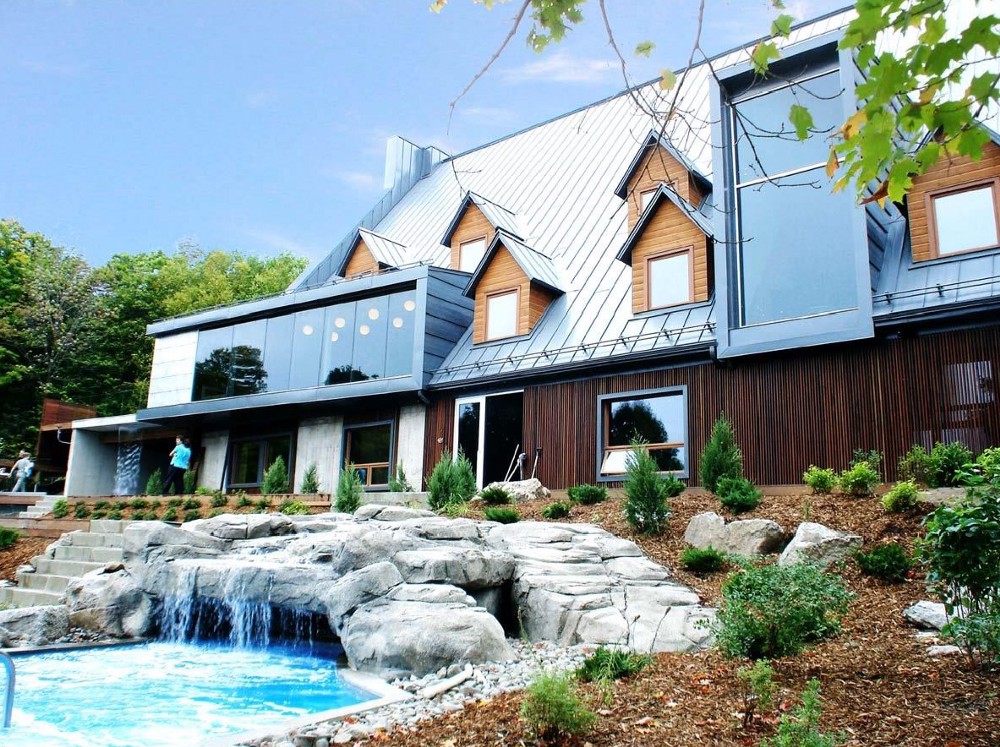
On his design toolkit
Most importantly, we try to understand the goals, targets and even personality of our clients. Then we consider the context of the project. We try to gather as much initial data as we can and clarify challenges and constraints. All of this becomes the drivers in fleshing out the project. To do so, we brainstorm and have workshops but we also do a lot of sketching. We definitely end up studying the project through 3D modeling.
I came of age in the digital era, and in the late 90’s pioneered the use of 3D modeling and renderings while I was at university. It became a crucial tool to reach design understanding for our clients and to bring all other disciplines to the tables and to all believe in a vision.
On the state of design software today
Software is becoming more and more accepted and integrated in the design process. Ten years ago, purist architects would have said it’s for ‘pretty pictures,’ meanwhile competitions might have been won thanks to killer visualizations.
Today I think it’s simply a common tool. We master it enough also to willingly do ‘Low-Resolution’ renderings at times and cinematic visualizations at other times. The construction and technical teams are also more into BIM and both ends are getting curious about the opportunities of Virtual Reality which may be a new tool. Some clients also can now appreciate more the abstract nature of the visualization process. I also like Real-Time environment where we can test our design into a real-world sand box.
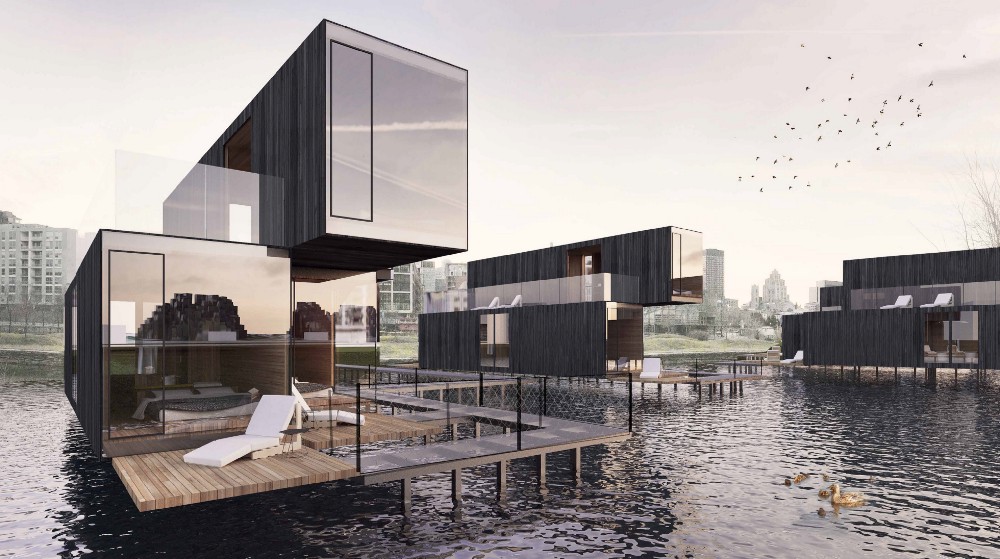
On the future of architecture in the next 5–10 years
We need to change our process of design to construction in order to be more integrated, similarly of what the aeronautical and the car industries have done. Citizens, cities, employees, students, everybody should also request more quality of their built environment.
We should also acknowledge humans love beauty. One colleague in our marketing department was surprised architects never talk about beauty. I supposed it’s too subjective. But actually she had a point. Hence my interest in the concept of biophilia: no one will say nature is ugly. As we live in denser cities, we should bring in nature more than we bring car access. Landscape in recent cities was often a residual space.
In Quebec, the City of Saint-Laurent recently pushed for a law about architecture quality standards witch hopefully will go ahead and get national echoes.
Also architecture needs to get back into the realm of being an essential driver for the economy, sustainable and social changes by generating inspiring, and welcoming public realms and ergonomic adaptable yet beautiful environment
Since cities have been getting denser and renewed. We all dream of health, nature and quietness. We need to consider themes of biophilia and integrate more nature into our built environment. We used to consider unbuilt areas as residual spaces and we need to change that and get a more seamless integration between our habitats and nature. We need to protect our environment, whether it’s built or natural, and this should be considered a responsibility. Great architecture should make good business sense.
As resources become more scarce and land is valued higher, I hope the initial investment in architects will be understood as simply a better use of value and actually minimal investment in the whole lifecycle cost of a project. It’s better to take the time to plan a project accordingly on paper and get it right in 3D first.
We might see much more mixed-use projects and the sharing economy with self-driving cars might free our environment while keeping it more active and richer hoping for the end of the Sprawl.
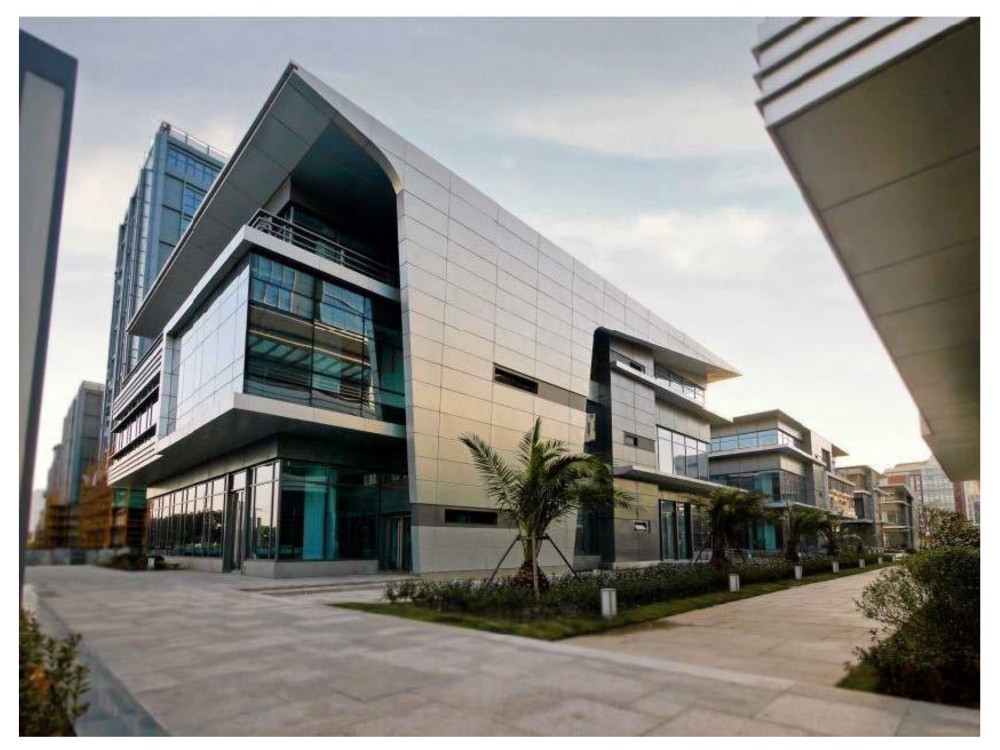
On the future of Lemay in the next 5–10 years
Social and technological changes are faster and faster. We seek to design environments and buildings, actually not for today but for the future generation, therefore we need to be adaptable when planning a project today that might be completed in three years to last a few decades!
We have developed the LemayLab, which is an exploratory unit that works on special projects involving R&D and branding architectural positioning to help with this.
On advice he would give his younger self
Architecture is not a race but a marathon…actually it’s more like a decathlon with numerous topics to master. Maintain the passionate fire, stay curious and good spirited!
To contact Jean-Sèbastien email him at jsbourdages@lemay.com
